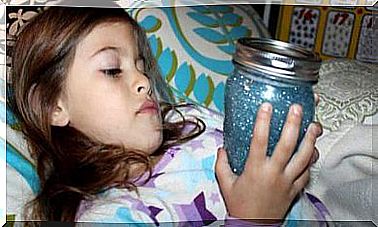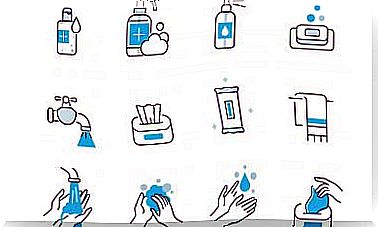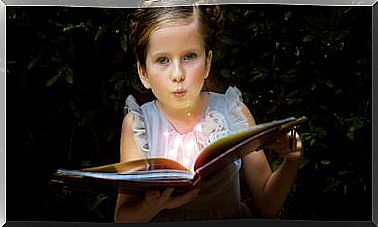Conflict Resolution Strategies In The Classroom
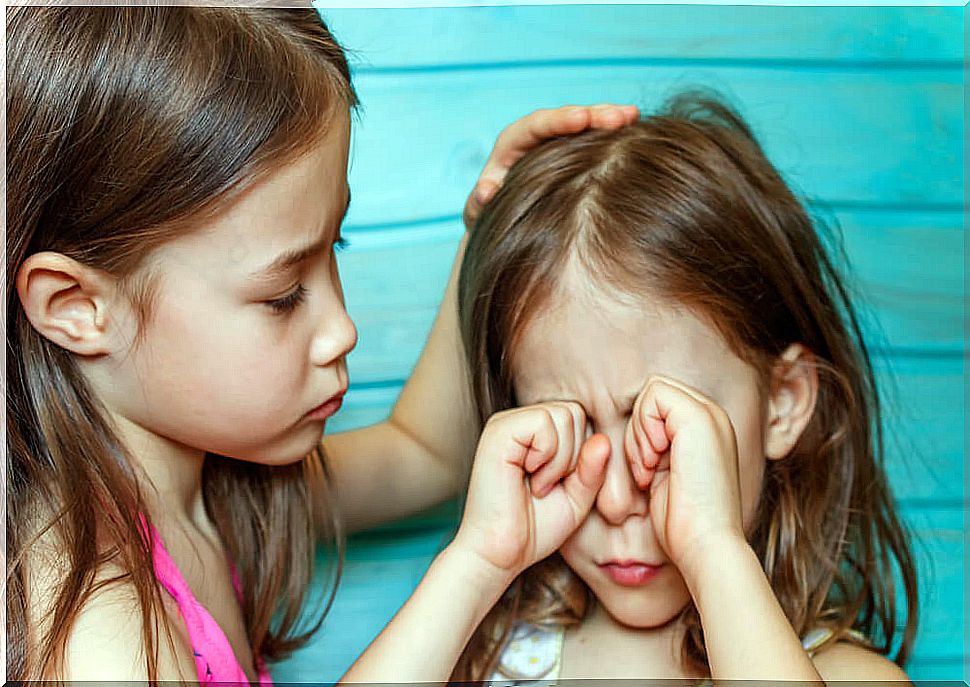
Inevitably, conflicts are present in schools and institutes. Students are at an age when they are still learning to relate in society and manage their emotions. And sometimes a simple misunderstanding can turn into a real conflict. Read on and discover a series of conflict resolution strategies in the classroom.
Conflicts: can they be avoided?
Generally, it is understood that a conflict occurs when there is a clash of interests or needs, either between individuals or groups.
These types of situations not only occur daily in an institute or school, but also arise in all areas. Conflicts are a natural and inherent fact of human character. The conflict is part of everyday life and life itself.
Once we understand that conflicts are part of human life in society and cannot be avoided, we must try to manage them in the healthiest way. The pedagogue Antonio Pantoja argues that if conflict management occurs normally, from mutual respect, interpersonal enrichment and the acquisition of the ideal of consensus can be achieved.
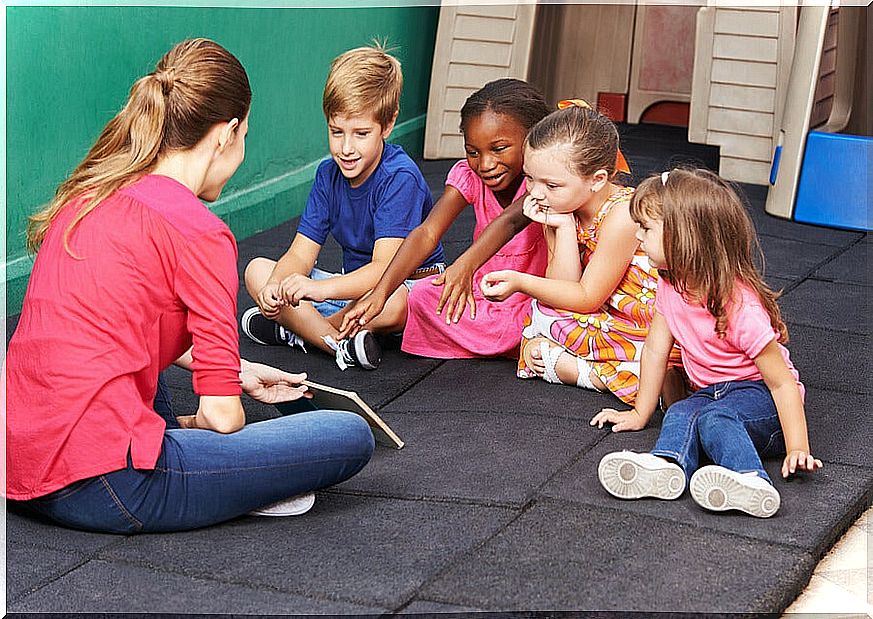
Preventive conflict resolution strategies in the classroom
Role-playing
The founder of the Institute of Group Techniques and Psychodrama, Pablo Population, defines role-playing as a method of learning through experience and, specifically, through play. In pedagogy, role-playing is used to anticipate, correct, evaluate and modify attitudes in social interaction.
In this case, role-playing consists of students playing a role in a situation created by the teacher or counselor that exemplifies an imaginary conflict. In this way, the personal abilities and response capacities of the student are trained in the face of future conflicts.
Teaching listening, essential for conflict resolution in the classroom
Often times, most interpersonal conflicts arise from poor communication, an example of which is misunderstandings. Teaching students to listen and pay attention to one another is an important strategy in conflict resolution. Here are some good listening habits:
- Do not interrupt or, at least, do it only when necessary.
- Maintain eye contact, which nurtures a respectful conversation. Using non-verbal language, such as nodding from time to time, reinforces in a positive way.
- Asking rather than correcting adds to the polite tone of the conversation and does not fan the flames of conflict.
- Repeat what you heard using your own words, showing that you have paid attention to the message.
Conflict resolution strategies in the classroom
Pause to reflect and calm the nerves
Giving students the opportunity to reflect on what just happened is very effective, even if the conflict occurred during class. During this break, the students must understand that they have to identify their feelings, analyze them and find how to solve the conflict.
Writing about the conflict is a good strategy for students to organize their ideas, analyze themselves and observe what happened more clearly. That is, the objective is not only to calm the emotions, but to reflect on how they could have acted to change what happened, and how to resolve the conflict.

Negotiation and mediation
One of the main strategies used for conflict resolution in the classroom is negotiation and mediation. Apart from being very effective, educating students in negotiation and mediation is training them in peace education. In addition, it helps to develop quality interpersonal relationships for the future.
According to Kathryn Girard and Susan Koch, specialists in conflict resolution, negotiation is understood as a voluntary problem-solving procedure between the parties in conflict, the objective of which is to reach an agreement that responds to the common interests of both parties.
On the other hand, mediation requires the help of a neutral third party, in this case, preferably the teacher or counselor. The mediator brings the conflicting parties together and recommends an agreement that may go beyond the interests of the conflicting parties, since the context and institutional rules of the school are taken into account.
In short, teaching conflict resolution to children and adolescents is not intended to end the conflict of the moment, but to educate and train students in self-management of their emotions, problem solving and interpersonal skills.


